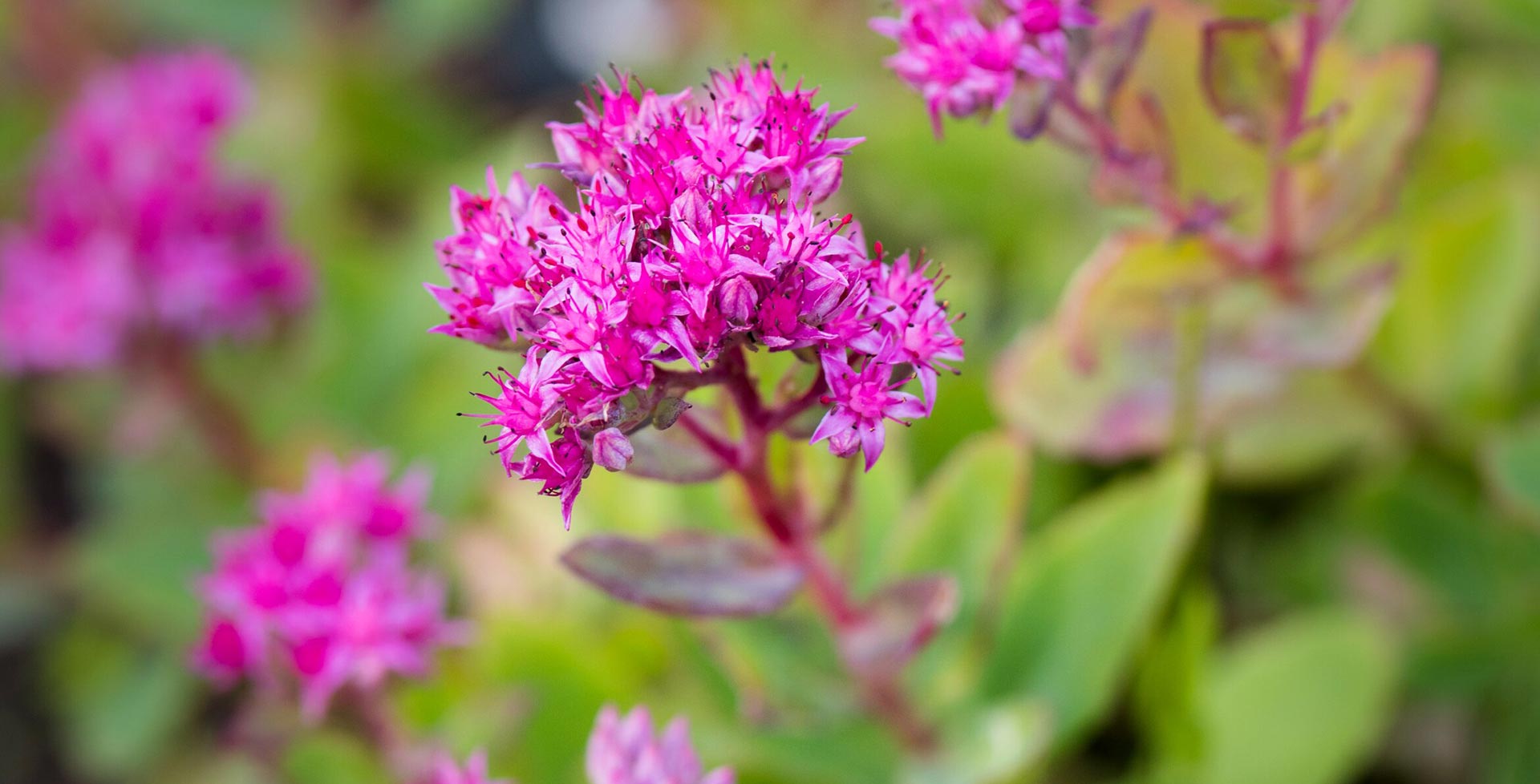
Introducing...
Hylotelephium
Botanical name: Hylotelephium, Sedum
Common name: Ice plant
Previously called Sedum, these perennials form clumps of upright stems with colourful, succulent leaves in spring, blossoming into masses of long-lasting flowers in late summer and autumn. Combine these plants with other late-flowering perennials for a colourful display loved by bees and butterflies.
Looks
Fleshy, grey-green, purple or variegated leaves on upright stems the same colour and flat heads of star-like white, pink or crimson flowers appear in late summer and autumn. Plants die back in winter, and reappear in spring.
Likes
These plants like freely-draining soil, preferably alkaline (chalky). They grow best in full sun but can tolerate light shade.
Dislikes
Growth will be lax in shade and on fertile, very moist soils. Plants will not flower in deep shade.
Did you know?
Stems can splay outwards from the plant’s centre. To keep them upright, shorten them by up to a half in late May using the Chelsea chop pruning method.
Growing guide

How to grow hylotelephium
All the information you'll need to know to grow and care for hylotelephium in your garden
Hylotelephiums we recommend
Hylotelephium telephium subsp. maximum 'Gooseberry Fool'
orpine 'Gooseberry Fool'
- 0.5–1 metres
- 0.1–0.5 metres
Hylotelephium spectabile
ice plant
- 0.1–0.5 metres
- 0.1–0.5 metres
Hylotelephium 'Munstead Red'
stonecrop 'Munstead Red'
- 0.5–1 metres
- 0.1–0.5 metres
Hylotelephium telephium subsp. maximum 'Gooseberry Fool'
orpine 'Gooseberry Fool'
- 0.5–1 metres
- 0.1–0.5 metres
Hylotelephium spectabile
ice plant
- 0.1–0.5 metres
- 0.1–0.5 metres
Hylotelephium 'Munstead Red'
stonecrop 'Munstead Red'
- 0.5–1 metres
- 0.1–0.5 metres
Useful advice
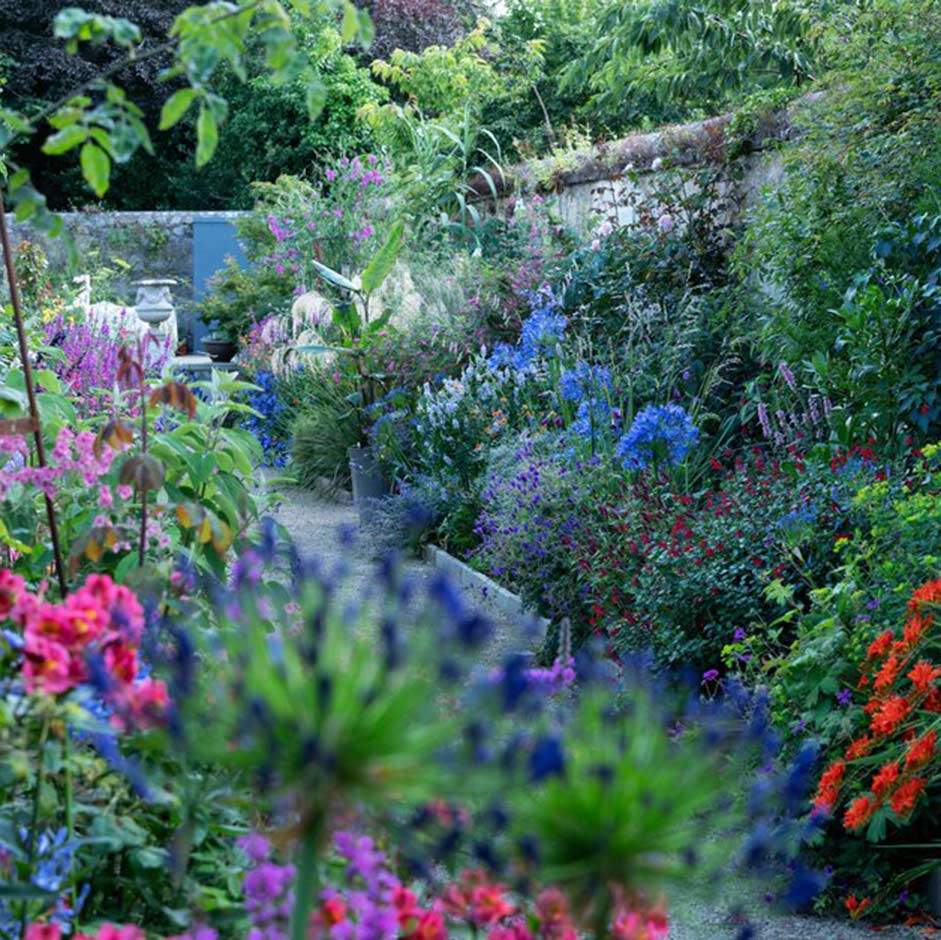
Perennial borders: choosing plants
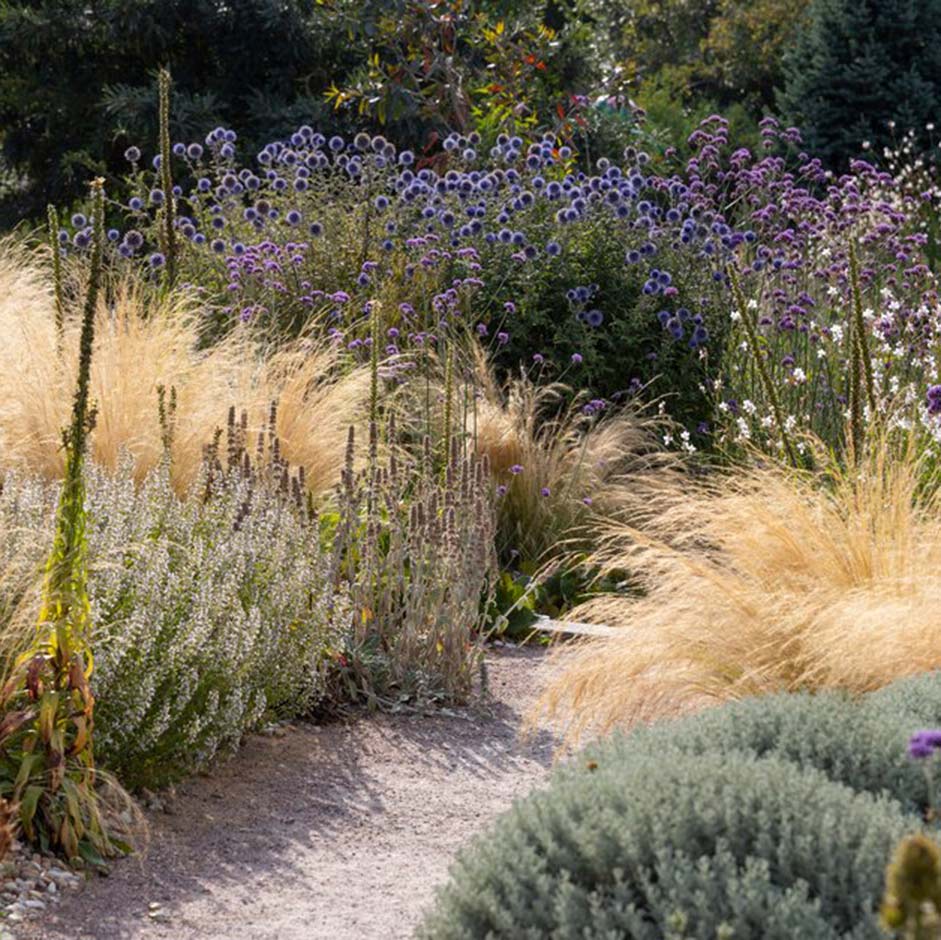
Gravel gardens

Prairie planting: creation and maintenance
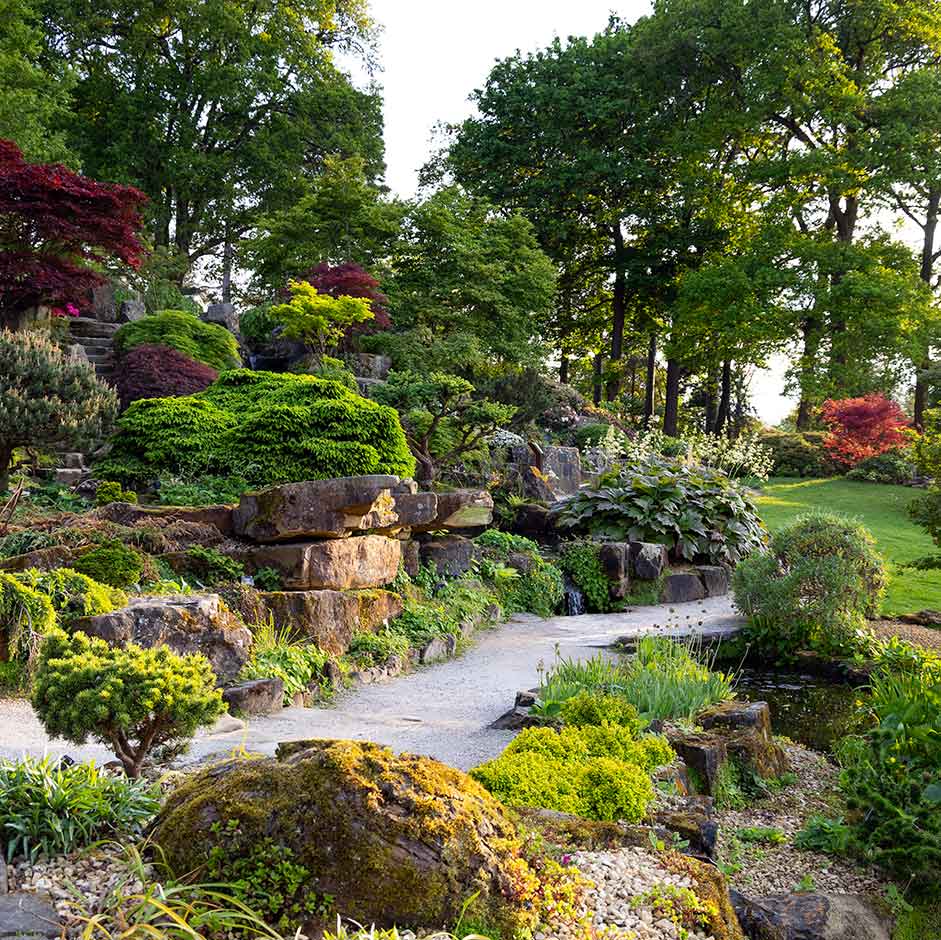
Rock gardening

Wildlife: helping through winter
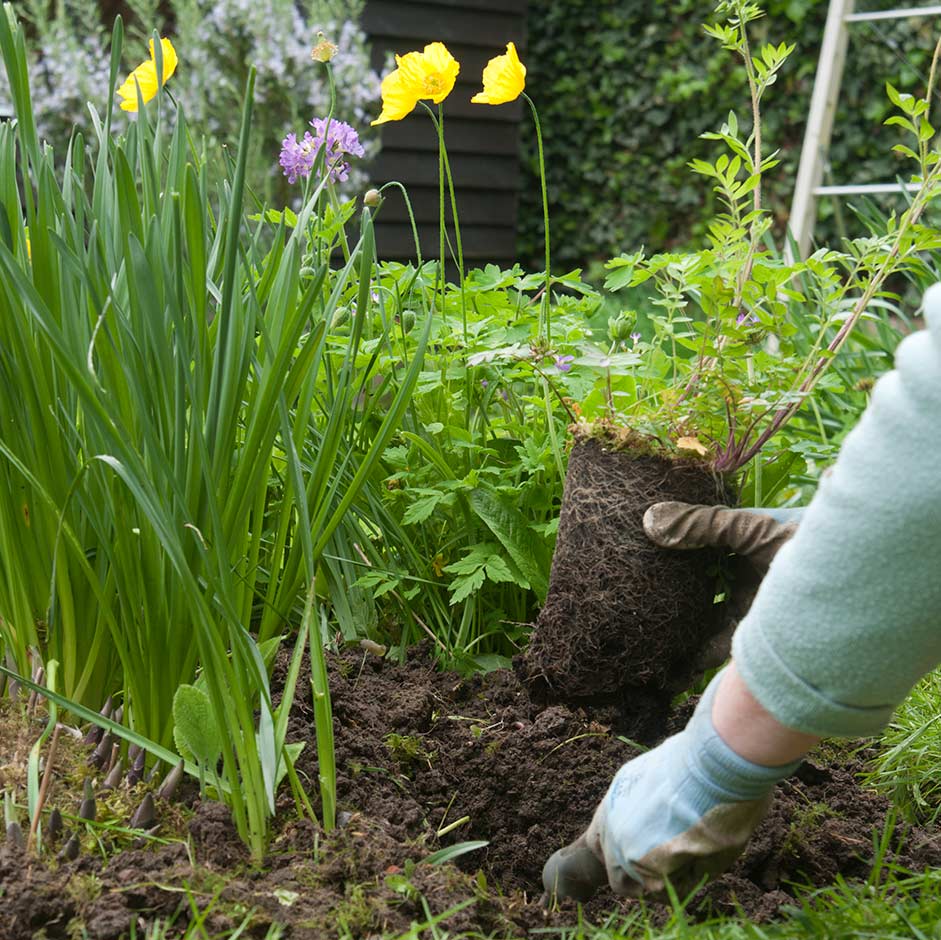
Perennials: planting
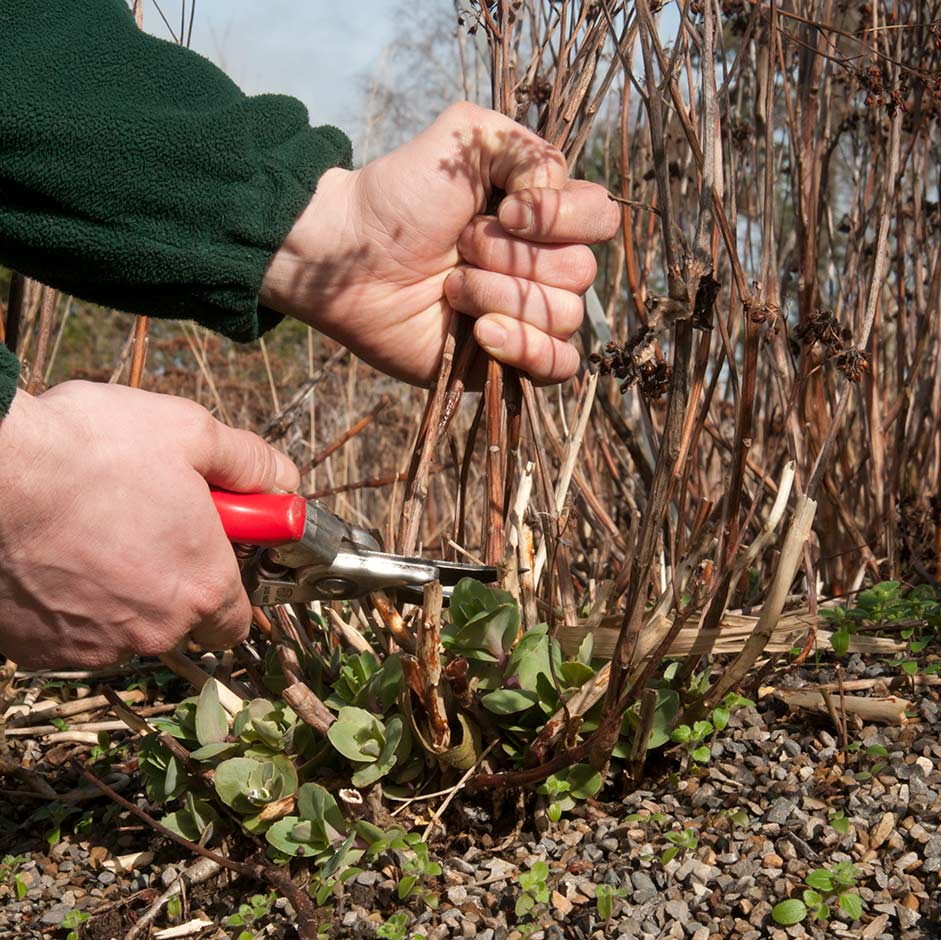
Perennials: cutting back
Butterflies in your garden
RHS_Ben-Howard-940x940.jpg?width=940&height=940&ext=.jpg)
How gardeners can help our declining bees and other pollinators
Get involved
The Royal Horticultural Society is the UK’s leading gardening charity. We aim to enrich everyone’s life through plants, and make the UK a greener and more beautiful place.